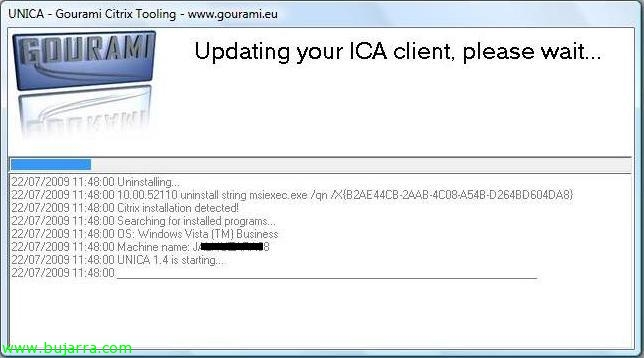Using Citrix XenApp PowerShell
One who is ignorant of life did not know that this existed! I was looking for how to create lists of applications by filtering certain characteristics or with certain conditions until I found that XenApp has a command line! Well, a script execution shell, that allows us to perform anything under command! Just like Microsoft's PowerShell on its servers, XenApp has a PowerShell or also called XenApp Commands. For example, a utility that can be given to it, With a command we can export all the information of the applications that we have published with all their features, Configured Users… and with another command we can import them. This as a backup is not bad at all!









































